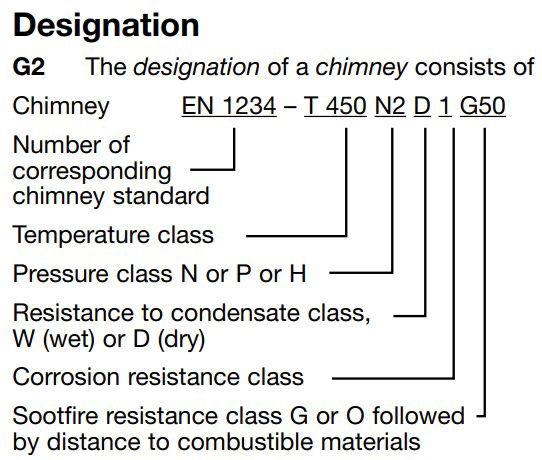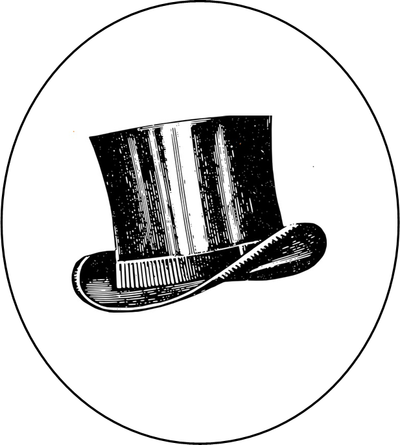Data Plate
Few, if any, stoves today are fitted without the flue being lined. Usually, but not exclusively stainless steel. Someone, somewhere, somewhen, must have thought about this and asked the question "Given that the inside of a chimney is invisible, how the hell do we know what's in there?"
The answer as it turned out was simple. The inclusion of a DATA PLATE for all lining systems was written into building regulations.
To the householder
Your installation engineer will (Most probably) ask where your electric meter is. He will then glue the data plate next to it. Positioning the plate is detailed in building regs, either,
- Adjacent to the hearth and installation
- Next to the water supply stopcock
- Next to the electricity meter
The logic of this is that the information given on the plate is not for you, but for the next purchaser of the property. By knowing where to look for it all concerned can quickly see the type, designation, age, quality of the lining in the chimney, defining its future use. (The three options given are because these are sites that rarely change position in a property. )
To the engineer
As someone who regularly checks these things for info, I am constantly dissapointed!
- Please use an indelible marker. (Sharpies cost pennies!) Too often when the plate has aged many inks have faded and become illegible
- Use capital letters. Some of you write like doctors doing scripts!
- Learn and use the designation string. (Often see "S/F". What the hell! I know its solid fuel its got a F£$%ing stove at the bottom of it!)
In Scotland the most usual designation string is
T400 N2 D 3 Gxx. (For 316 grade steel liner)
What does this tell me about the liner?
(The xx is the clearance to combustibles. As liner is treated as single wall (No insulation between the walls) this number will be 3x its diameter in centimetres. So 150mm dia will be G45)
The rest is defined as below
Simples!
(For other qualities and material of liner the designation string will be on the label that came with it! Its a requirement in law)

